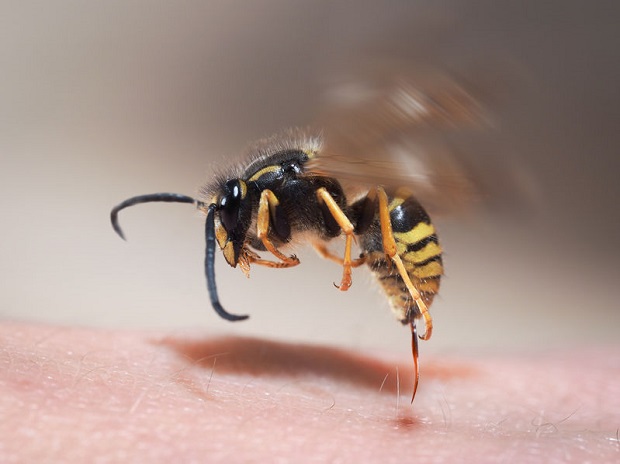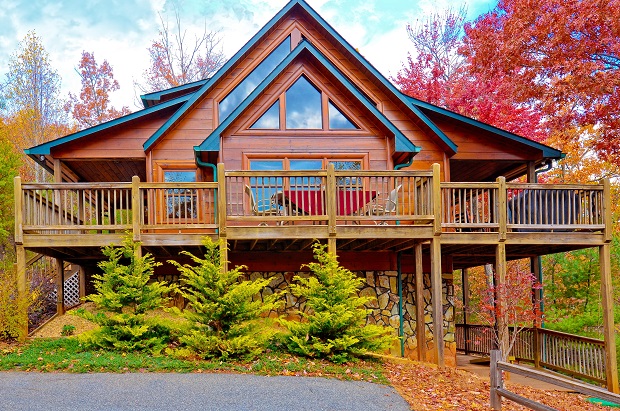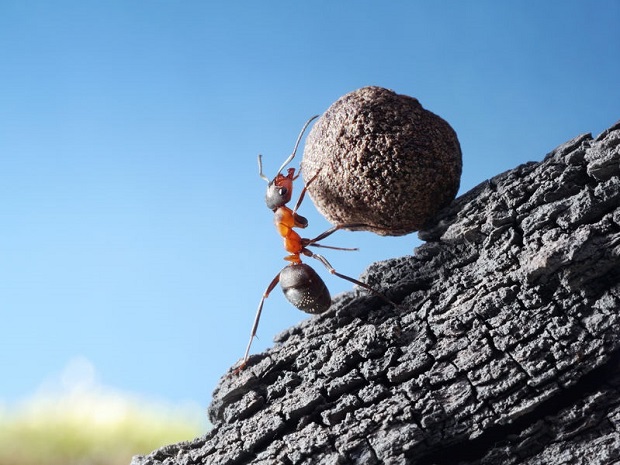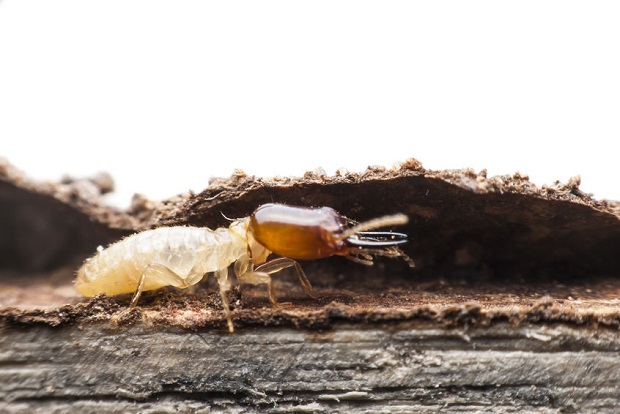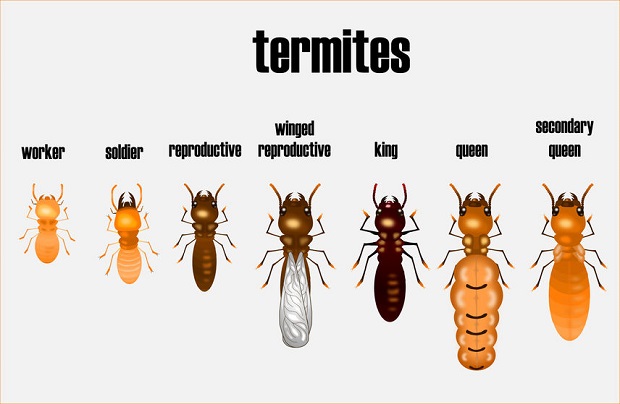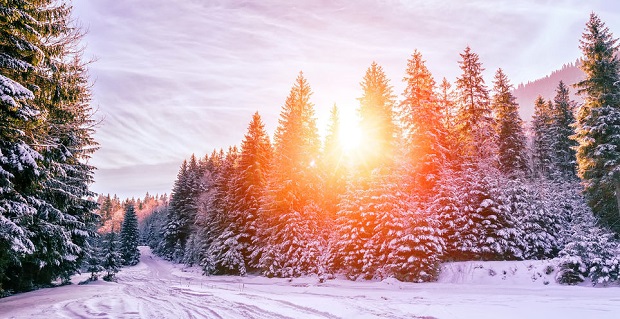
Where Do Wasps Live in the Winter?
Male wasps die in the winter, and colony queens hibernate. The winter habits of the 20,000 or so different species of wasps depend essentially on the gender of the insect. While male wasps die away during winter months, colony queens survive and typically like to hibernate in trees, either beneath some loose bark or in a decaying stump.
Nests Are Temporary
This is why homeowners will sometimes find decaying or disintegrated wasps nests in the eaves of their roofs or elsewhere. While ground nests can typically last for decades or, in some cases in Africa, centuries, nests built above ground are home to wasps for a single, solitary spring-to-fall season.
Fertile Females Survive the Winter
Not just the colony’s queen survives over the winter months. Various fertile female wasps, or potential queens, also scatter and hibernate during the winter months. Amazingly, a new wasp nest starts with just one of those females or a queen each spring. As the queen gives birth to her male wasp minions, they chew up wood, paper, and cardboard to produce the paper-thin wasps’ nest material.
Honeybees Cluster for Warmth
By comparison, honeybees do survive during the winter and cold weather months, but only by clustering together for warmth. The queen of this species begins to lay eggs sooner, in late winter, and the offspring feed on nectar and pollen stored for this purpose. As such, honeybees are the only type of bee or wasp that produces a perennial, all-season colony.
The Queen Will Ultimately Die
It’s important to note that it is not the same wasp queen who survives from one year to the next. Each fall, within a nest, large cells are constructed for a new generation of queens and larvae cared for with more attention and nurturing dedicated to these cells. The new queens eventually emerge from these housing cells and mate before seeking shelter for the winter. The old queen, for her part, dies along with the male wasps that winter.
Resources
- PETA – “Wasps and Bees”
- Colorado State University – “Nuisance Bees and Wasps”
- The University of Florida – “Yellow Jacket Wasps”
